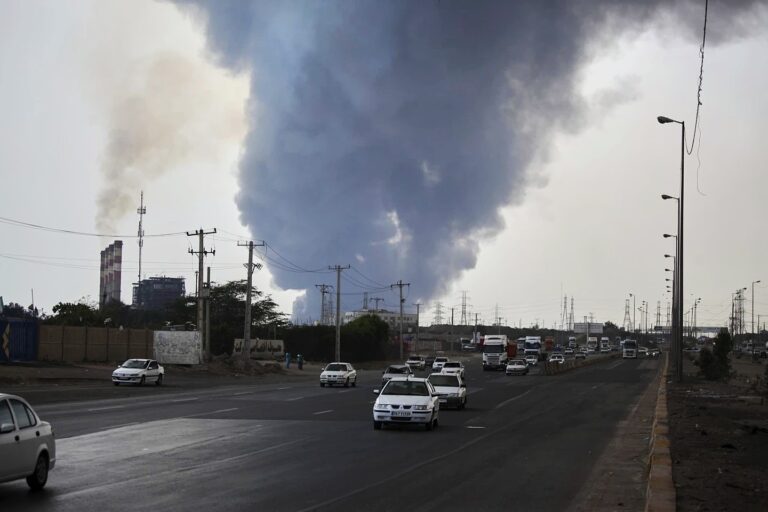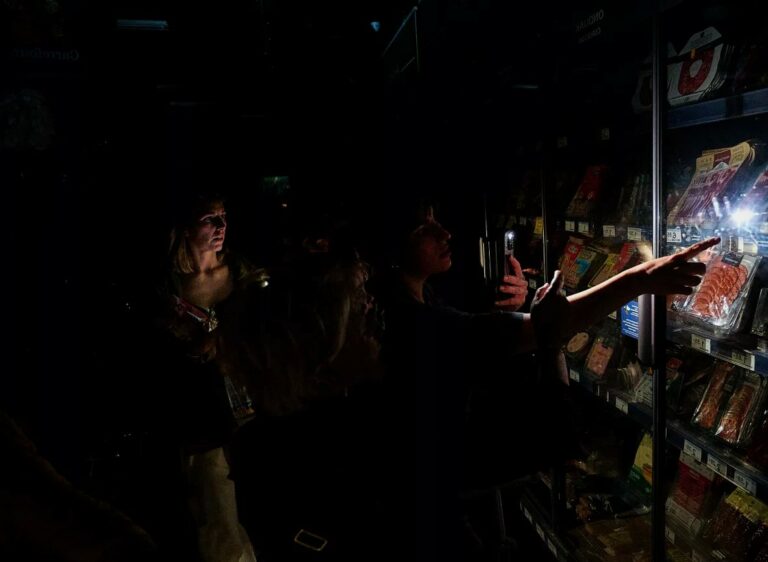
At 6:47 AM local time, the first signs emerged—flickering lights in the early morning kitchens of Porto and silence on the usually buzzing streets of Seville. By 7:02, it was confirmed: the entire electrical grid of Spain and Portugal had collapsed.
No region was spared. From the densely packed apartments of Madrid to the windswept coasts of the Algarve, the lights had gone out, and with them, modern life itself.
The Fall of the Grid
What experts are calling a “cascading systemic failure” began with a sharp frequency drop in the western European transmission network. As circuit breakers tripped in rapid succession, Spain and Portugal—already loosely tethered to the larger European power grid—were abruptly severed. Within minutes, the blackout was total.
Power stations, hydroelectric dams, and solar farms all went offline in an uncoordinated collapse. Grid operators lost all visibility into the system. Backup systems failed to engage. Darkness became absolute.
A Stillness Never Heard Before
Urban centers became eerie and soundless. Elevators stopped mid-floor. Metro trains froze in tunnels. Airports went dim, and control towers were silenced. Pilots rerouted planes away from Iberian airspace as emergency protocols kicked in.
On highways, horns blared in confusion as traffic signals blinked and died. In rural Galicia, farmers stared at silent tractors and failing irrigation systems. In Barcelona’s high-tech district, developers sat helpless in front of blackened screens, their cloud-based worlds unreachable.
There was no morning news, no social media chatter. Phones died, routers blinked out. Even radio stations, long seen as fallback communicators, went silent as transmitters lost power.
Hospitals and Havens
Hospitals switched to diesel-powered generators, but fuel supplies varied drastically. Some facilities in the interior regions had only hours of autonomy. Neonatal units, ventilator wings, dialysis clinics—all teetered on a razor’s edge.
In makeshift operations centers, civil defense teams relied on paper maps, analog radios, and flashlights. Crowds formed around ambulances and military trucks, desperate for updates or assistance.
The elderly and vulnerable were the first casualties—those reliant on refrigerated medicines, powered wheelchairs, or home oxygen systems. Caregivers scrambled to improvise, some succeeding heroically, others succumbing to panic and exhaustion.




